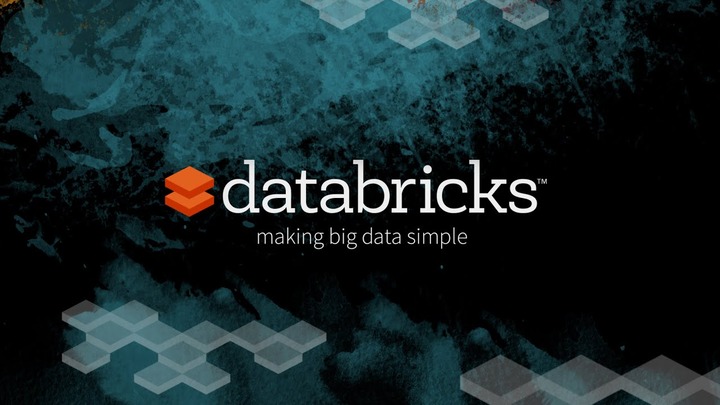The Man Who Taught Machines to Think
The rapid advancement of AI has been remarkable, and all this was possible because of the machine’s ability to learn and adapt. The man who was pivotal in the advancement of machine learning and who taught machines to think was John Joseph Hopfield. Let us delve into the life of John J. Hopfield and uncover how he eventually secured the Nobel Prize.
Born on July 15th, 1933, in Chicago to physicists John Joseph Hopfield and Helen Hopfield, Dr. Hopfield completed his Bachelor of Arts in Physics from Swarthmore College, Pennsylvania, in 1954. In 1958, he received his PhD in Physics from Cornell University. During his doctoral work, he wrote about the interaction of excitons in crystals. In his dissertation, he also coined a term that is still used in solid-state physics: “The polarization field ‘particles’ analogous to photons will be called ‘polaritons’.
Hopfield spent two years working at Bell Laboratories on the optical properties of semiconductors and quantitative models. In 1958, he became a faculty member at the University of California, Berkeley, and later worked at many other universities, including Princeton University and the California Institute of Technology. It was later revealed that Hopfield was the “hidden collaborator” for Philip W. Anderson’s work on the Anderson impurity model.
Hopfield Network
In 1982, he published his first paper on neuroscience titled “Neural networks and physical systems with emergent collective computational abilities.” John J. Hopfield introduced the Hopfield Network, a form of recurrent artificial neural network (ANN), in this study.
Hopfield Network is primarily used for associative memory as it retains and recalls patterns, it can also store and reconstruct images and other types of patterns in the form of data. Hopfield stated that the inspiration for the Hopfield network came from his knowledge of spin glasses, which he gained from his hidden collaboration with Philip W. Anderson. The Hopfield network had a limitation in its memory capacity. In 2016, Hopfield and Dmitry Krotov developed a new version with larger memory, known as the modern Hopfield network.
By bhadeshia123 – YouTube: Emergence, dynamics, and behaviour – John Hopfield (Time: 35m55s) – View/save archived versions on archive.org and archive.today, CC BY 3.0, Link
In 2015, John J. Hopfield was awarded the Albert Einstein World Award of Science for his work in the field of life sciences. Hopfield was awarded the IEEE Frank Rosenblatt in 2009 for his contributions to understanding information processing in biological systems.
John Joseph Hopfield was jointly awarded the Nobel Prize with Geoffrey E. Hinton for “foundational discoveries and inventions that enable machine learning with artificial neural networks.











